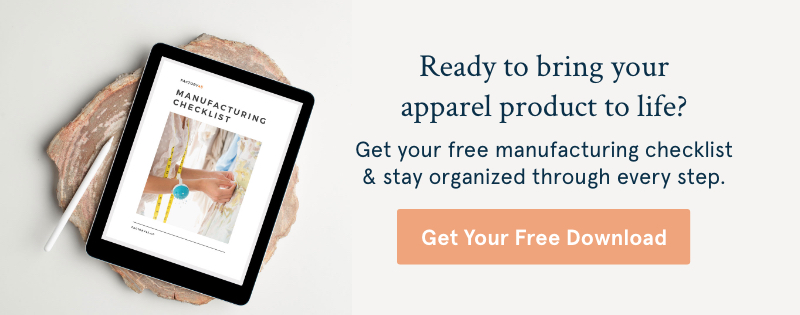7 Tips For Getting a Fabric Supplier to Respond to Your Email
As a new business owner, it is vital that you know how to write an effective email that will earn a response.
Depending on who you’re writing to, it can be easier said than done.
When it comes to reaching out to fabric suppliers, especially, there are seven key rules to remember:
1.) Consider the audience you’re reaching out. The supplier is likely receiving hundreds of emails per week, so you want to make sure your inquiry gets straight to the point. The supplier does not care about your background or the mission of your company. At the end of the day, they just want to make a sale.
2.) Keep the email short and sweet. Yes, you will want to include a nice “Hello” and an appropriate “Thank you.” But again, make sure you are not wasting the recipient’s time.
3.) Do your due diligence. Make sure you do your own research on the supplier’s website before you reach out. Oftentimes, you can get many of your questions answered on the supplier’s About, Shop and FAQ pages.
4.) Know your stuff. Many fabric suppliers are going to want to see that you actually know what you’re talking about, so they don’t risk wasting their own time. One great way to show that you’re serious about being their customer is to send over a design, spec sheet or a visual example of the piece you’re needing the fabric for.
5.) Don’t ask about MOQ’s. Especially not in your first email. This mistake will make you come off as overly frugal and price-conscious before even making initial contact.
6.) Foster the relationship. Once you’ve received an initial response, take your time in building a relationship with the sales rep. While being courteous of their time, you want to cultivate the relationship and make it easy for them to help you. Down the road, they’ll be much more likely to negotiate MOQ’s with you later on.
7.) Stay persistent. Be mindful of not overwhelming the supplier, but don’t give up. Finding sustainable and low-impact fabrics is not an easy task for anyone. Stick to your values and keep up your search. Fabric sourcing is one of the steps in product development that can take the longest, so be patient.



